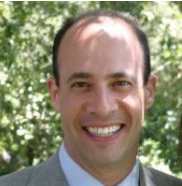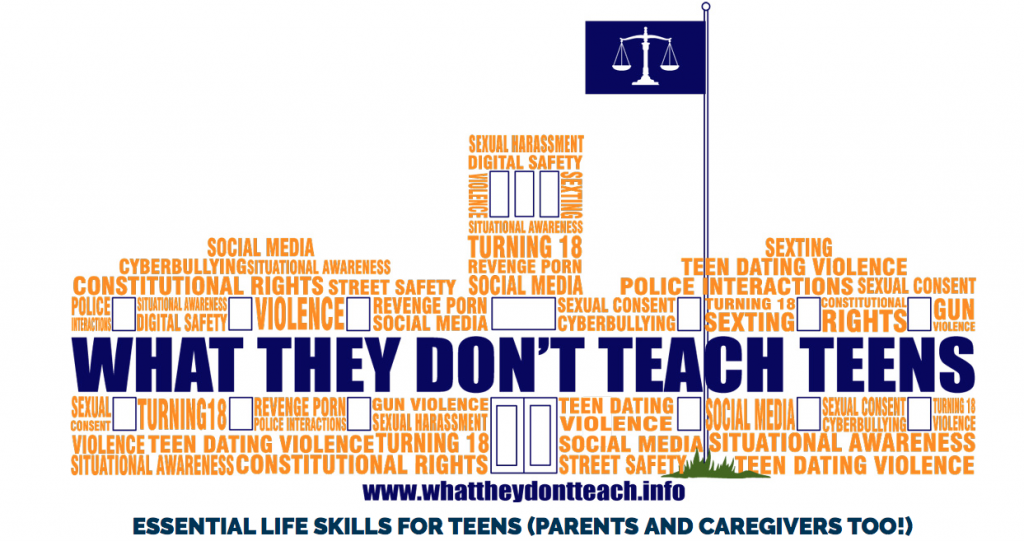I’m always interested in what other moms have to say about their kid’s admission experience and what they think about L.A. private school culture. So, I asked my friend Lia Langworthy to answer a few questions. Lia’s, a former parent at Hollywood Schoolhouse–yes, the same school Prince Harry’s finance, Meghan Markle, attended back when it was called The Little Red Schoolhouse. Lia’s daughter is now at The Episcopal School of Los Angeles. I appreciated Lia’s straightforwardness with her answers to my questions and I think you will too. –Christina
Q: You worked with the Independent School Alliance, an organization that helps minority families apply to L.A. private schools. What was the middle school application process like working with the Alliance?
A: Working with the Independent School Alliance (Alliance) made the process of applying to multiple schools easy and streamlined. Step one — The Alliance meets with your child to learn what makes them tick, what they enjoy most about their current school and what they want in a middle school. Step two — they meet with the parents and together agree on a list of fitting schools for your child. Step three – parents give The Alliance a contribution (sliding scale) which covers the application fees and even the ISEE fee! My daughter applied to four schools via the Alliance (Oakwood, Wildwood, The Country School and Archer) but choose to attend Episcopal School Los Angeles (ESLA), a school we applied to outside of the Alliance.
Q: How many schools did she get into?
A: Two out five.
Q: Did you make any mistakes other parents can avoid?
A: My biggest mistake was not taking the process very seriously. I thought, “It’s frigin 7th grade. How hard can it be?” I was certain my daughter would have her choice of schools to attend. I had NO CLUE how difficult and competitive the process would be. I know several families whose kids didn’t get into any schools for 7th grade! Additionally, I wish I had attended more school events, not just open houses. Attending plays, concerts, book fairs and boutique sales is a great way to become more familiar with the culture of the school and for the school to become familiar with you and your family.
Q: Why did you choose a small, progressive middle school after being at Hollywood Schoolhouse?
A: My daughter spent 1st grade through 4th grade at the public school 3rd Street Elementary, an academically demanding school. It taught her great study skills but after four years, I wanted a school that fostered and valued creative thinking and play as well as academics. Hollywood Schoolhouse was that school. My daughter flourished in the fun, loving, supportive learning environment that is HSH. The academics are solid but not as demanding as 3rd Street. For example, my daughter had 30 vocabulary words a week to learn at 3rd Street but 15 at HSH. The pace was slower as well. For middle school, my daughter wanted a school with a similar progressive vibe but with stronger academics. She fell in love with ESLA for many reasons. It’s a funky, quirky, small scrappy school with an innovative spirit. It was the only school that asked my daughter crazy question during her admissions interview – “If you had a fish and sling shot what would you do with them?” My daughter responded with a question, “Is the fish alive or dead?” ESLA obviously values your child’s creative thought process as much as their grades.
Q: Why are you applying out to a bigger more traditional high school?
A: My daughter wants the typical high school experience she sees on TV — football, cheerleaders, band, the works. ESLA is a small school and has none of the above. She’s currently applying to Notre Dame and Campbell Hall for high school. I truly wish my daughter would stay at ESLA. There’s so much I love about the school. We’ll see what happens.
Q: What do you think are some of the attributes of a traditional school? A progressive school?
A. ESLA is a perfect mixture of the two; traditional on surface (the school is steeped in the Episcopalian tradition with chapel three times a week and requires students to wear uniforms) yet progressive in nearly every other way. As a new parent, I’ll never forget the school convocation (I had to look up the word because I had no clue what to expect.) When I saw church hymns and a biblical excerpt in the program I thought “Oh, no. What have I done?” Then the founder stood up and gave a sermon that gave me chills. She compared the summer of 2016 to the turmoil packed summer of 1968. She gave a history lesson, a moral lesson and an inspirational talk on how to be the change we want to see in the world. It was a lovely ceremony welcoming new kids into the community.
In my experience, here are some of the most significant differences between progressive and traditional schools:
- A progressive school values student engagement and encourages discussions around politics, current events and social justice issues. Recently my daughter’s history class debated a case where a baker refused to bake a cake for a gay wedding. A traditional school might not tackle such a topic.
- Most progressive schools value diversity. I wanted a supportive environment for my daughter to explore what it means to be a young black woman in today’s world.
- Progressive schools solicit student’s feelings and encourage their input far more than traditional schools.
- Traditional schools have strict rules that should not be challenged. At ESLA students are encouraged to start a petition if they want to implement a change at school. Recently a group of boys petitioned to start a boy’s volleyball team since ESLA only offered girls volleyball. Next year, ESLA will offer both.
- Academically progressive schools switch things up. At ESLA middle school students read books I read in high school (Catcher in the Rye). Progressive schools constantly try new teaching modalities whereas traditional schools stick with tried and true traditional teaching methods, like frequent tests and lots of memorization with students competition against each other for grades.
Lia Langworthy is a graduate of UC Berkeley (BS) and UC Riverside (MFA). Primarily a TV writer (The Shield, Soul Food, Media) she also teaches at the UCLA’s Extension Writing Program. Lia is a single mother to a teenage daughter.
For all the latest L.A. private school news follow Beyond The Brochure on Facebook!





